The Breguet Chronograph 3230/3237 and the Rebirth of Breguet Under Daniel Roth
One of the finest dress chronographs of the 1990s, penned by the grandfather of independent watchmaking.
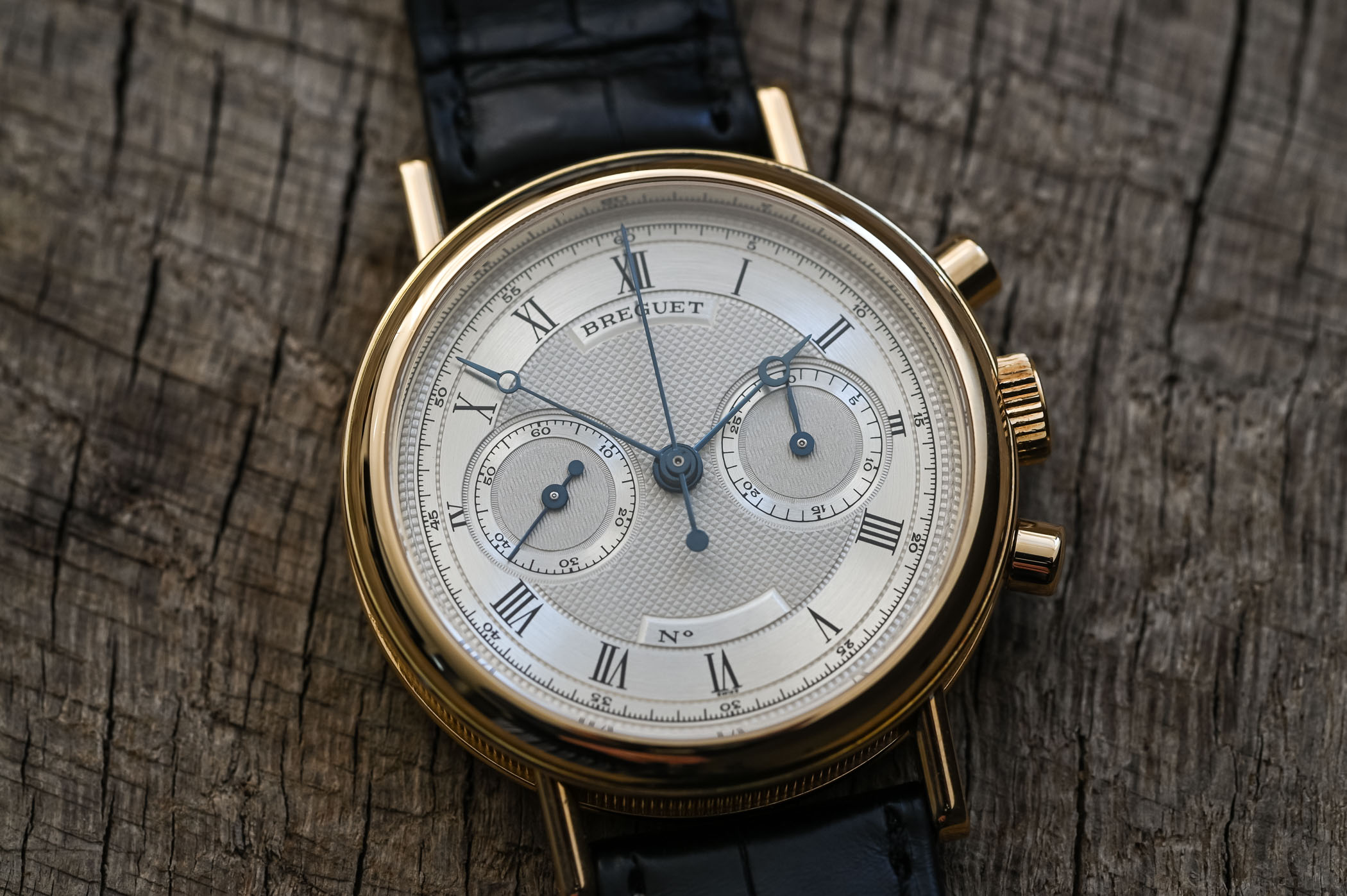
Welcome back to our Collector’s Corner series about watches from the 1980s and 1990s, and outline why we think they’re cool and why they deserve your attention! A few weeks ago, we examined the first Valjoux-7750 powered split-seconds chronograph – the legendary IWC Pilot’s Watch Doppelchronograph 3711. This time around, we will take a look at another chronograph gem from the opposite end of the sporty-dressy spectrum. That watch is the Breguet Chronograph 3230/3237, one of the first references designed by post-quartz crisis Breguet, a company with a grand and storied history but one that had lost direction due to numerous changes in its ownership. Though Breguet needs no introduction, of course, I will give you a short recap of the company’s history before we dive into an absolute gem of a watch that has managed to stay under the radar until now, the handsome and important 3230 (or later 3237).
The name Abraham-Louis Breguet is one that even novice WIS-in-making are sure to encounter early on in their careers. Simply put, Breguet left an indelible mark on the history of timekeeping. His achievements, both technical and aesthetic, were groundbreaking and laid the foundation of modern watchmaking as we know it.
Born in 1747 in the heart of watchmaking Switzerland, in Neuchâtel, Breguet moved to France at the young age of 15 – this decision would see his career and fame take off. A prolific inventor, Breguet’s most well-known contributions include the tourbillon regulator (patented in 1801), a proprietary shock-protection system pare-chute), an automatic winding system, and a specific terminal curvature for the balance spring, now named the Breguet overcoil in his honour. It was also Breguet who is credited with popularizing the use of guillochage to decorate watch dials, first using engine turning on his pocket watches around 1786.
After Abraham-Louis Breguet passed away in 1823, Breguet’s company remained in the Breguet family for two generations before it was sold to the English-born watchmaker Edward Brown, then the head of the company’s watchmaking workshop, in 1870. The wars in the first half of the 20th century led Breguet to become a supplier to the aeronautical industry, a development that ultimately led to the Type XX flyback wrist chronograph that was made for the French naval air force.
Breguet after the quartz crisis
Though the company had continued its production of elegant timepieces, its focus in the 20th century had definitely turned toward more utilitarian timepieces. That was to change in 1970, when the brothers Jacques and Pierre Chaumet, heirs to the high-end Parisian jeweller of the same name, acquired Breguet with the aim of returning the company’s name to the pinnacle of horology. One of the first business decisions made by the Chaumet brothers was to get a certain Daniel Roth to join the reborn Breguet.

Daniel Roth was born in Nice to a family with horological roots. After a seven-year tenure at Audemars Piguet, Roth was discovered by the Chaumet brothers and was sufficiently convinced by their vision that he joined the small team at Breguet. He, together with François Bodet, was responsible for the rebirth of the aesthetic cues that would become a trademark for modern Breguet: guilloché dials, coined case flanks, welded lugs, impeccable finishing, and most importantly – high complications.

In the mid-1980s, on top of the quartz crisis, Chaumet faced heavy losses from its diamonds business and Breguet was bought out by Investcorp S.A., a Bahrain-based boutique investment bank, which then restructured the business and returned it to profitability before finally selling it to the Swatch Group in 1999.
The Breguet Chronograph 3230/3237 – The Basics
The Breguet Chronograph 3230 has an old-world charm and timeless appeal – it is the quintessential dress chronograph. The case measures 36mm in diameter and has a sandwich-like construction where the bezel and caseback protrude slightly past the caseband, which is coined and finished by hand. The bezel is polished and slightly domed, a design detail that contrasts with the straight lugs that jut straight out from the case. The pump-style pushers are classically vintage in their look and perfectly complement the other design elements of the watch.
The dial, a solid gold blank, is cut on a rose lathe before it undergoes a galvanic treatment in silver. There are multiple guilloche finishes on display: the two subdials are decorated with wave-like striations, a Clou de Paris hobnail texture adorns the centre of the dial, and the outer tracks for the time, running seconds, and chronograph minutes indications are circular brushed. The brand name and the watch’s serial number are printed on two small plaques at 12 o’clock and 6 o’clock – a nod to how Abraham-Louis Breguet made his watches. The hands are blued steel, with pomme-style (a style we now call “Breguet”) hour and minutes seconds, counterweighted baton seconds indications, and a leaf hand for the chronograph minutes.
A quick word on the sister reference 3237. The two references 3230 and 3237 are identical in terms of case size, design, and dial layout. From Breguet’s historical records, it seems that the reference number 3230 was used as a generic reference for both watches with solid and display casebacks. The reference number 3237 was later introduced specifically to designate those watches with a display caseback.
Above: pink gold, white gold and “Tuxedo” versions (all images by ACollectedMan)
The ref. 3230 and ref. 3237 were produced in yellow gold, rose gold, white gold, and platinum, listed left to right by increasing rarity. Additionally, even rarer than the platinum models, Breguet made a variant of the ref. 3237 with a two-tone tuxedo dial, with a black hours and minutes track outboard the classic silver dial centre. According to archival materials, these too were produced in all four case metals, though they seldom come up for sale and command exceptionally high prices due to their low production.
Powering this elegant watch is a movement based on the Lemania ébauche 2310. With the sudden obsolescence of all things related to mechanical watchmaking in the aftermath of the quartz crisis, the knowledge of complications and the tools needed to make them were severely reduced. The companies that continued making mechanical watches had only a handful of suppliers to whom they could turn – for chronographs, it was Lemania.
The 2310 ébauche needs no introduction, having served as Omega’s workhorse chronograph calibre in the Speedmaster up to 1968 and also as the foundation for the Patek Philippe ref. 3970 of 1985 – a perpetual calendar chronograph that cemented the company’s commitment to complications and old-school watchmaking. Why was this movement so popular and so versatile? First, and most crucially, it is a robust and reliable movement. Second, its small 27mm diameter allowed its use in a multitude of different case sizes and shapes. Finally, its slim profile allowed it to serve as a platform for additional dial-side complications while preserving the overall thinness of the watch.
The Breguet Chronograph 3230/3237 is powered by the calibre 533, Breguet’s 21-jewel version of the movement that was upgraded with a swan’s-neck regulator and a balance spring with a Breguet overcoil. The movement is a far cry from its utilitarian guise as the Omega cal. 321 and is finished to a very high degree – all bridges and chronograph levers are brushed on their surfaces and bevelled on their edges. The regulator index, the screw heads, the column wheel, and the screw and jewel countersinks are all black polished.
Why should you consider the Breguet Chronograph 3230/3237?
The neo-vintage era of 1990s Breguet seems to have escaped attention because Breguet as a brand cannot boast of the same long, unbroken, and independent history of the other Swiss Haute Horlogerie houses. Breguet as a company had considerable ups and downs and changes in ownership, which unfortunately damaged its cachet.
But now, let’s come to the reasons I feel that the ref. 3230 and ref. 3237 deserve to be on your radar, starting with the Daniel Roth connection. The ref. 3230 was one of Roth’s projects during his time at Breguet, which makes it one of the first modern references of the post-quartz-crisis Breguet. Silas Walton of A Collected Man has the following to say: “For me, the reference 3230/3237 chronograph is one of the nicest expressions of Daniel Roth’s influence on modern Breguet. Fantastic proportions, original design and a wonderful movement. Amongst the neo-vintage classics of its time, it’s become a contemporary icon.”
After Investcorp S.A. acquired Breguet, Daniel Roth struck out on his own and launched his eponymous brand “Daniel Roth” in 1989. By comparison, Philippe Dufour launched his first wristwatch under his own name at Basel World in 1992, and François-Paul Journe founded his eponymous company in 1999.
The Daniel Roth brand was a continuation of the style Roth had established at Breguet, giving a more modern and personal touch. Financial difficulties forced Daniel Roth to sell his company at the turn of the 21st century. Ever the independent, however, Daniel Roth didn’t let this misfortune hold him from his passion: in 2003, he released the Jean Daniel Nicolas Two-Minute Tourbillon, the first watch of his new venture, which he named after his wife and son. We are living in the heyday of independent watchmaking – it is important to recognize the significant connection of neo-vintage Breguet with the grandfather of the indie movement.
Next reason to consider the ref. 3230 – the aesthetics. I know this one is a subjective point, but please indulge me for a minute! Holding the ref. 3230, you get the sense of holding something that was crafted with the utmost attention to detail. You’re invited to take a closer look… and the closer you look, the more you discover and appreciate. Take, for instance, the small recess on the bezel and the caseback at 3 o’clock to make it easier to manipulate the crown. Or the “open 6” and the delicate serifs of the font used for the dial text. You might find yourself torn on the size – in the context of dress timepieces, 36mm lies on the smaller end of the spectrum. Though arguing over this point is foolish (watch diameter preferences being subjective), I will say that the straight lugs on the ref. 3230 / 3237 lends them a far greater wrist presence than their diameter alone would suggest.
Voir cette publication sur Instagram
The third reason is relative value. The ref. 3230 and ref. 3237 in yellow gold can be had starting from EUR 16,000, with the rarer rose gold, white gold, platinum, and tuxedo references fetching far higher prices of double those of the yellow gold models. Neither the ref. 3230 nor the ref. 3237 were mass-produced watches, with production in the hundreds, not the thousands, of pieces. Market prices have started to reflect the relative scarcity and value of the reference, so if you’re interested in acquiring one, better be quick about it!
The ref. 3230 and ref. 3237 hold a very personal meaning for me. When I was researching this very article and typing together the first rough draft, I simply could not stop thinking about the watch. I started obsessing so much over it, in fact, that I started hunting for one myself. A couple of weeks later, I had added one to my collection! All I can say is that it has been an incredible privilege.

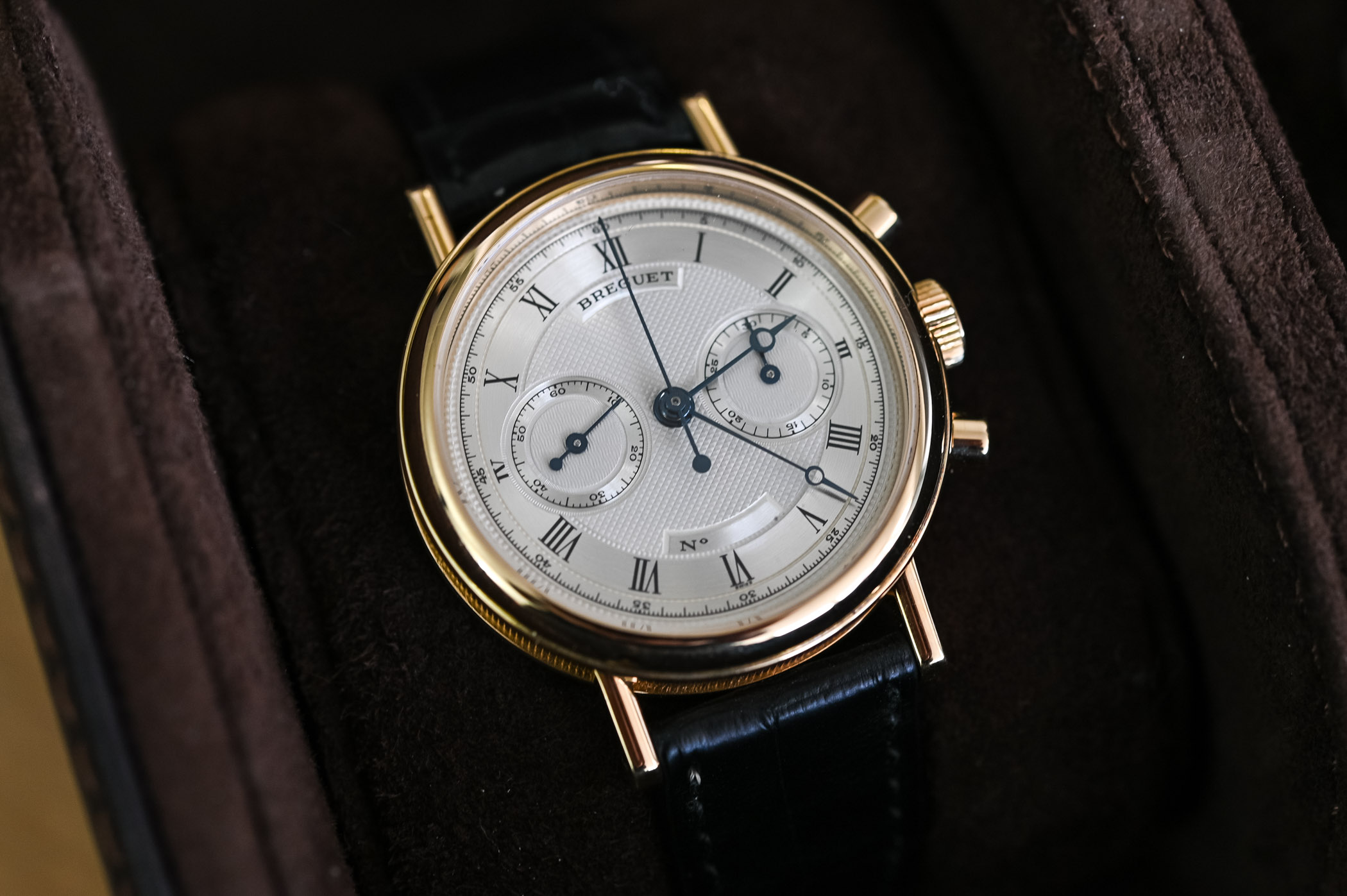
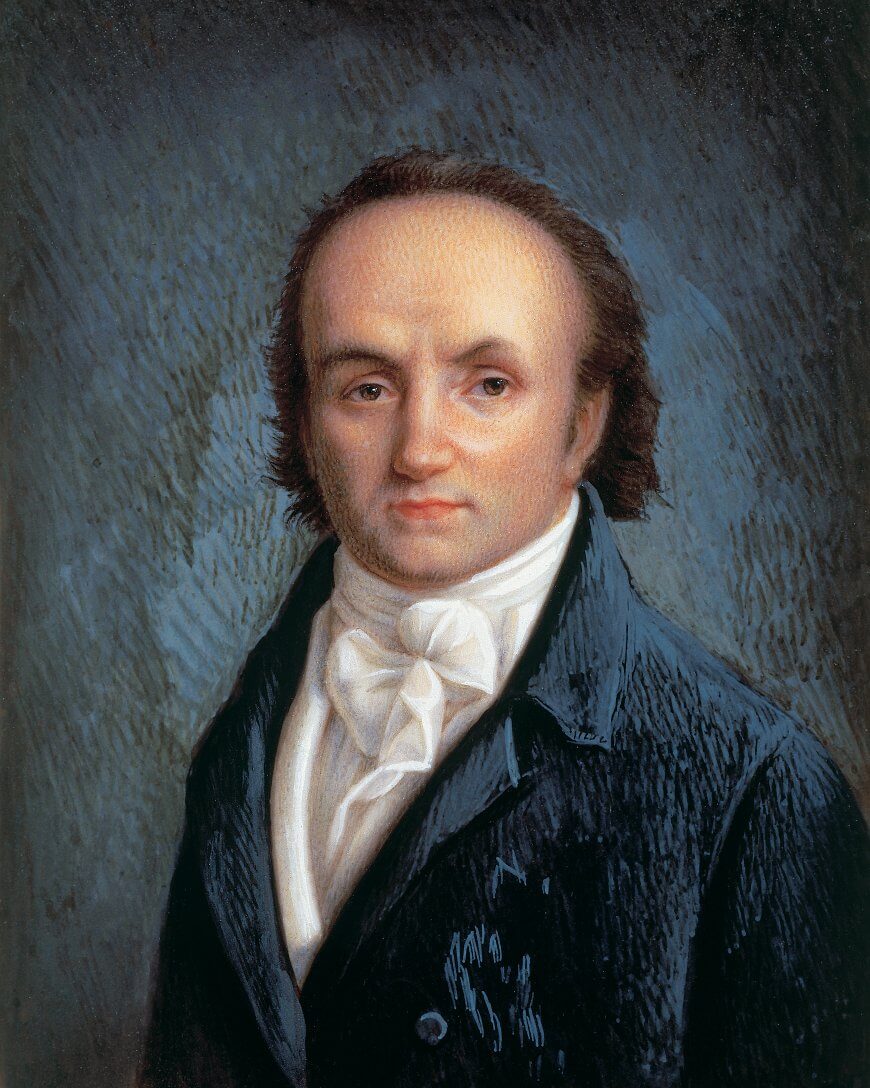
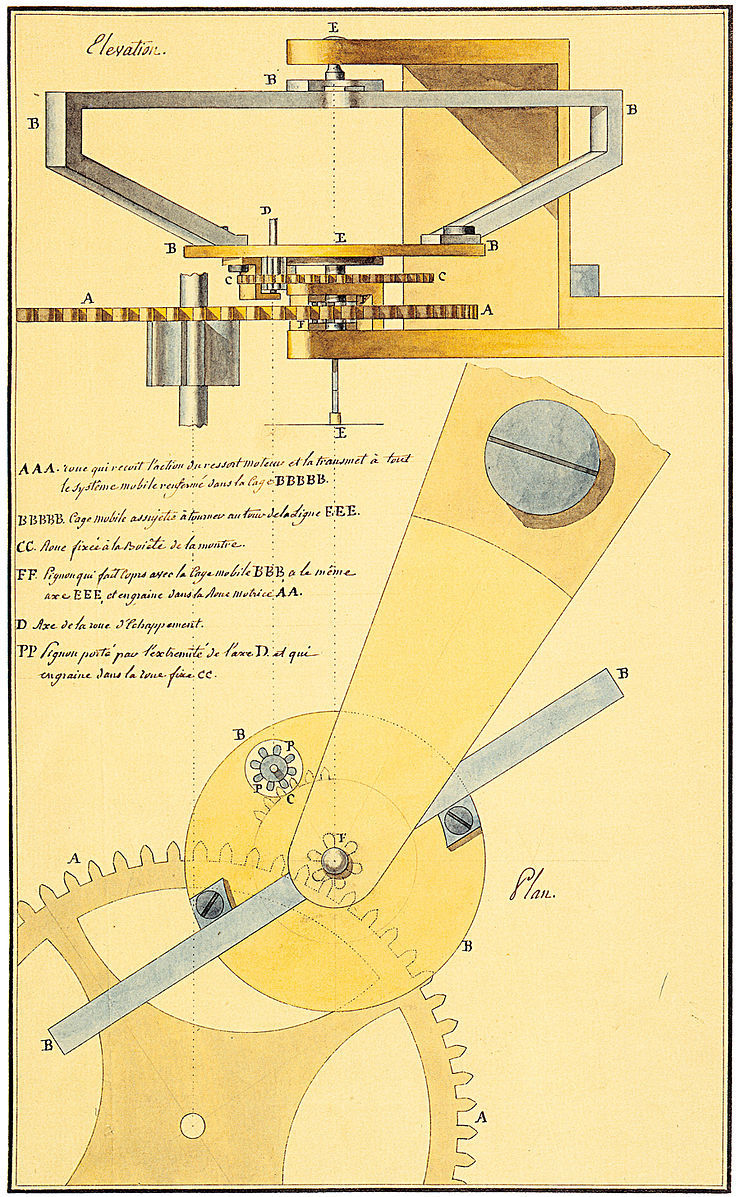
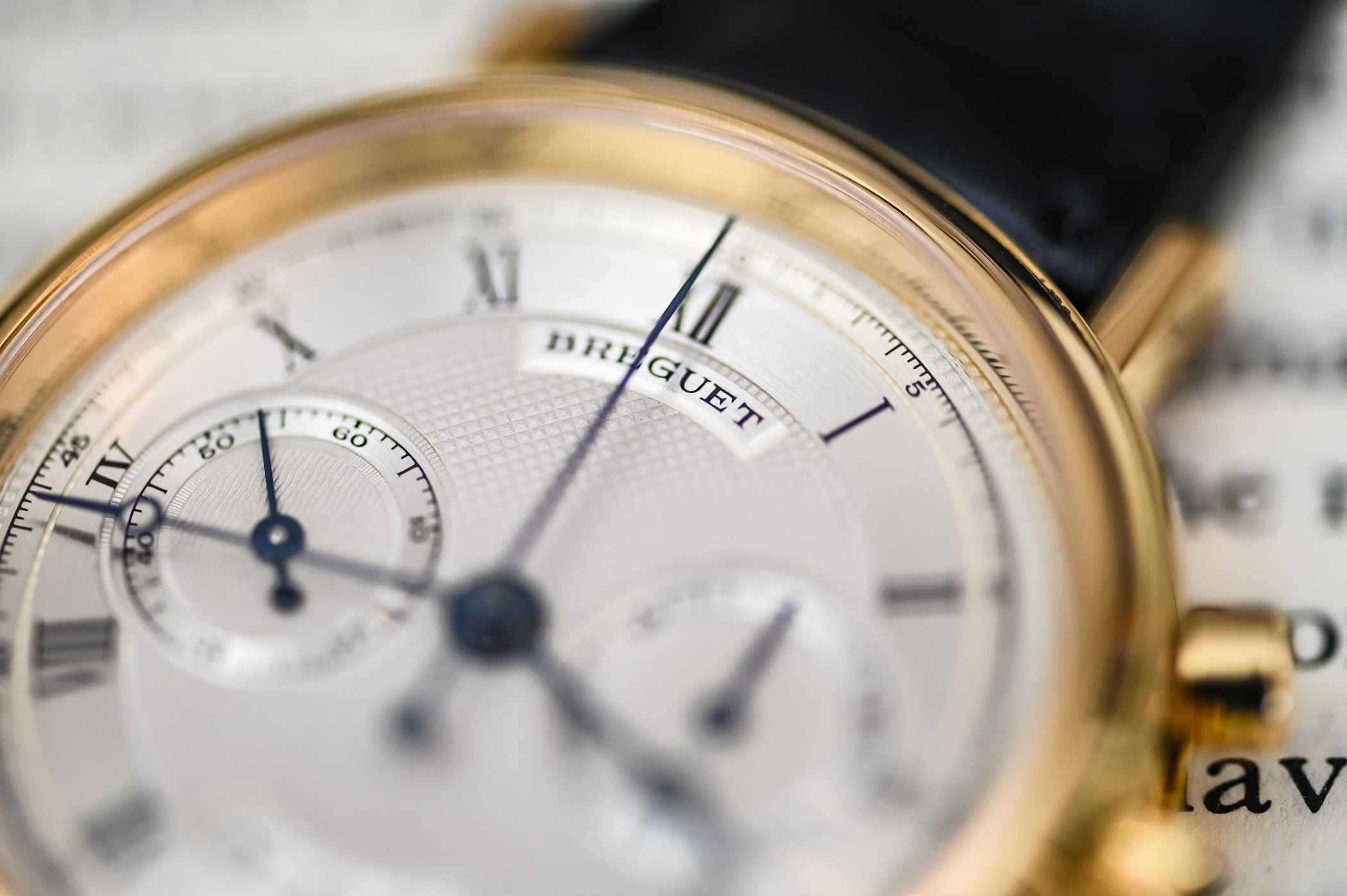
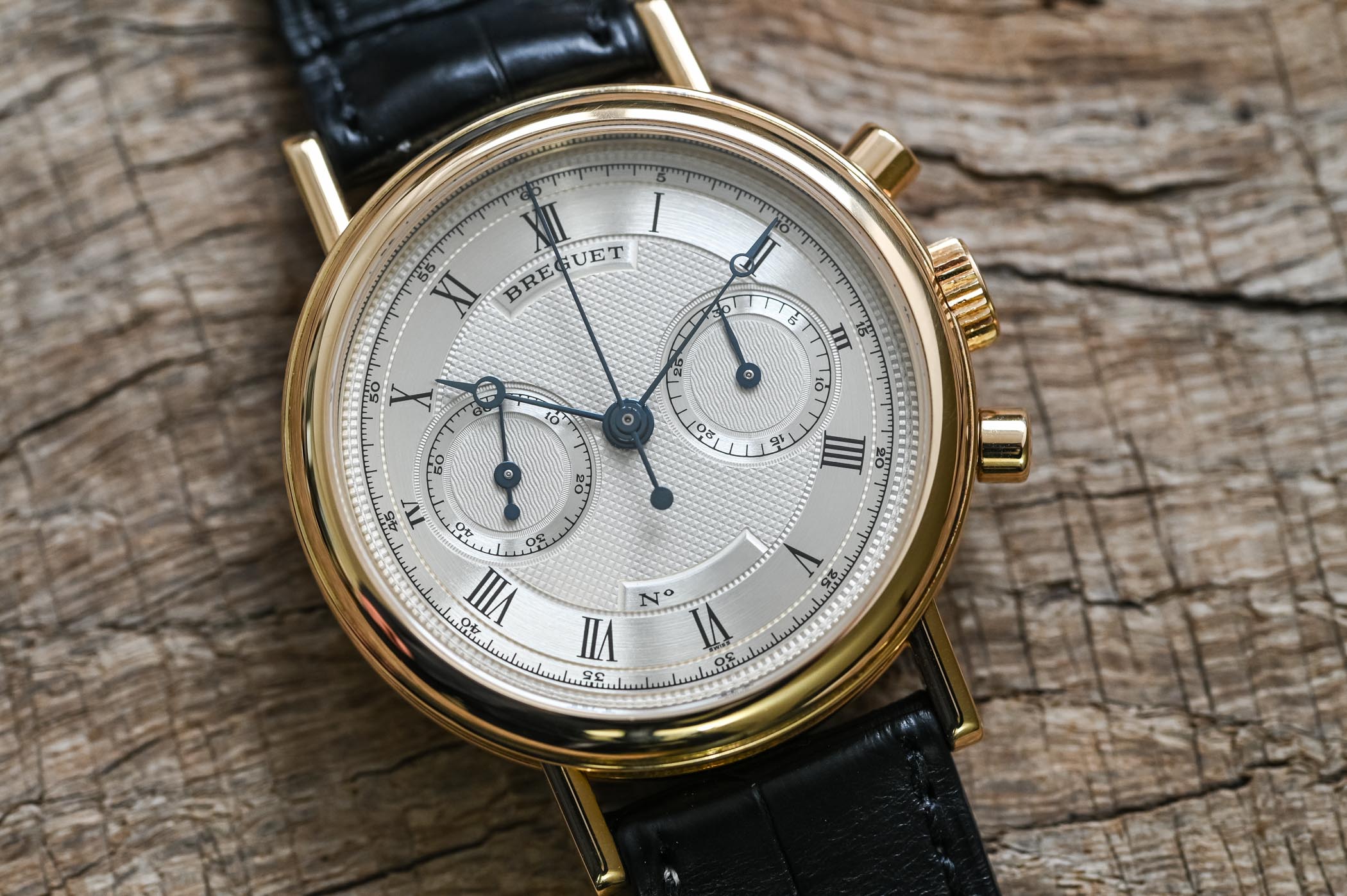
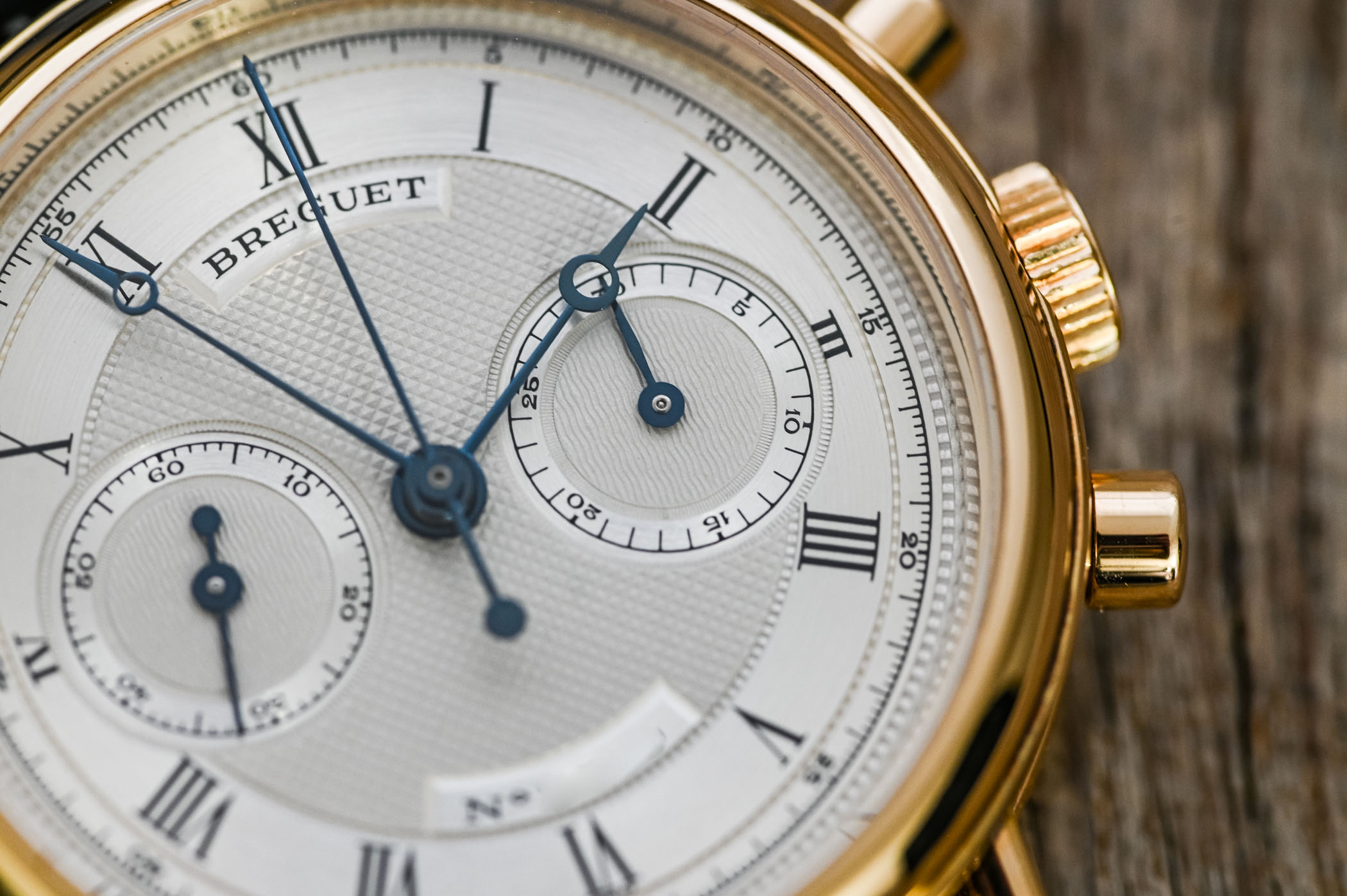
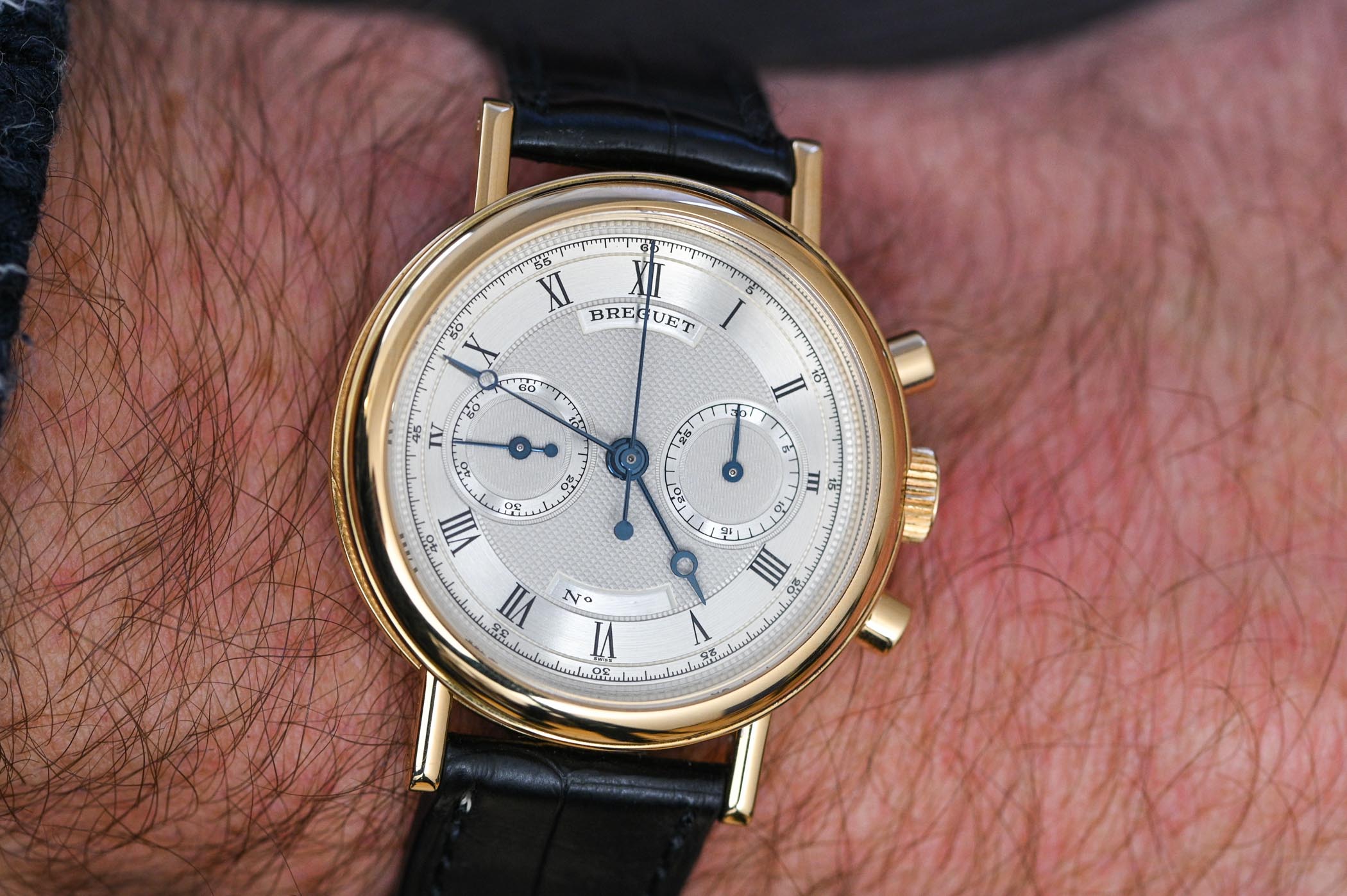
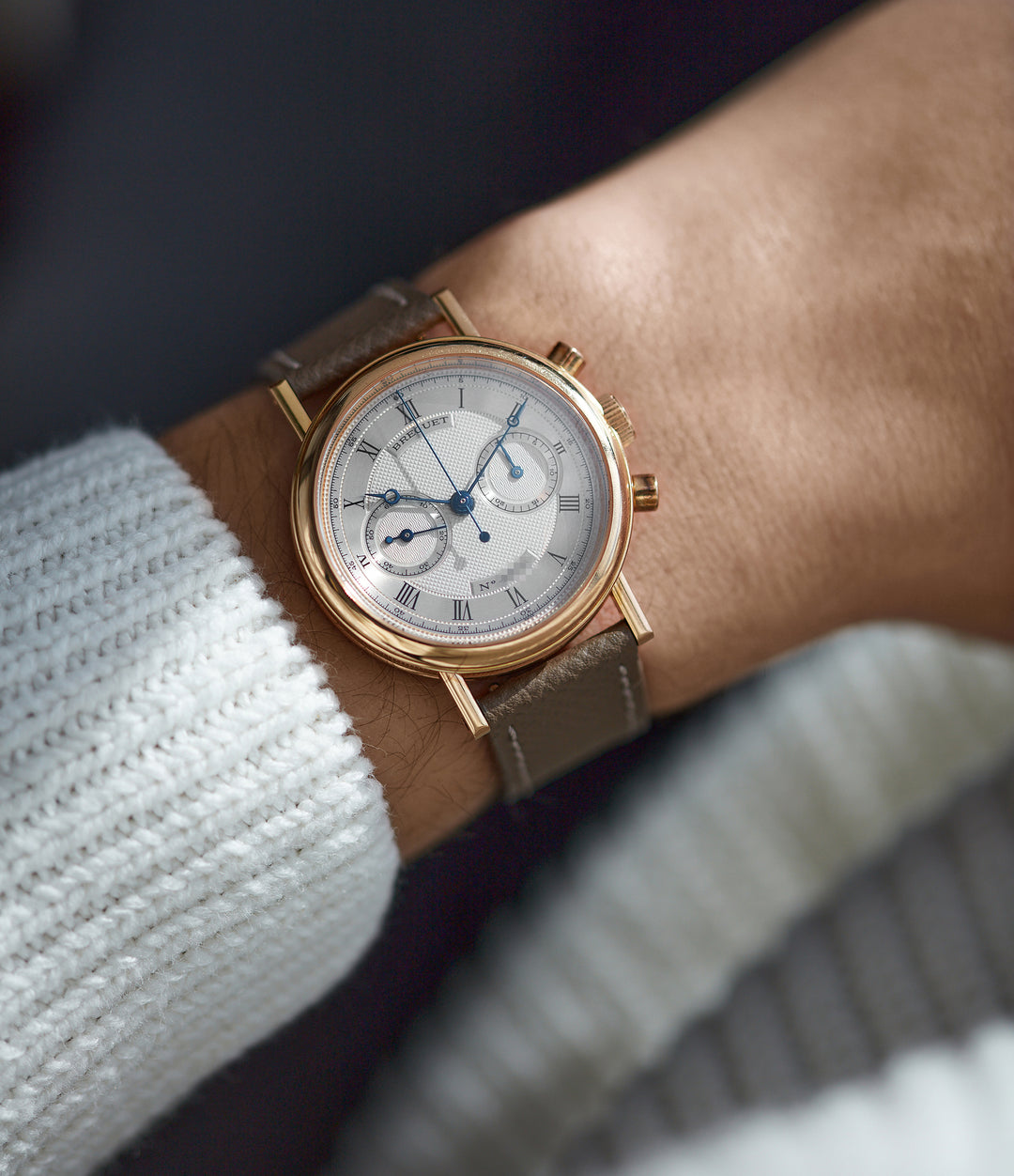
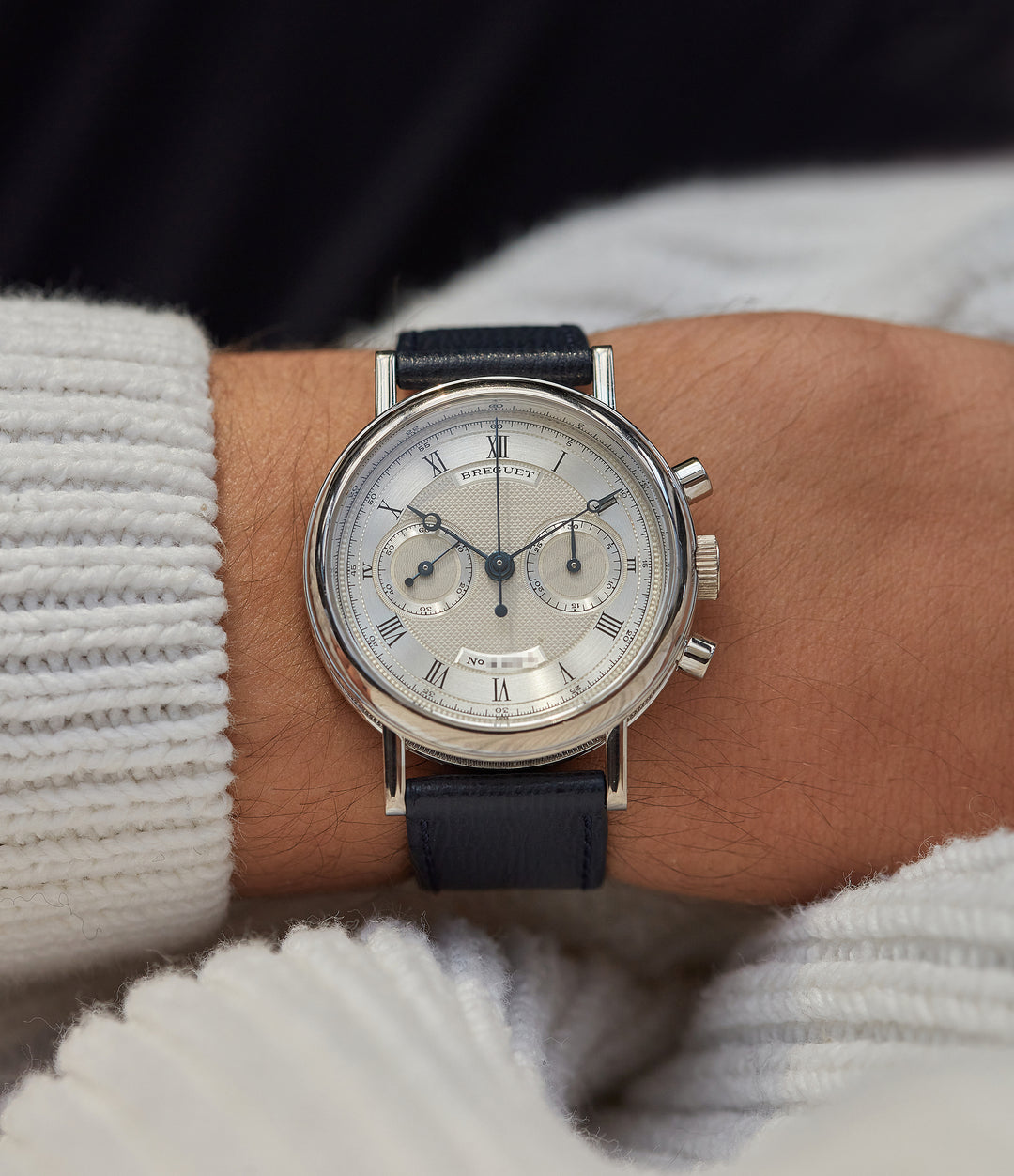

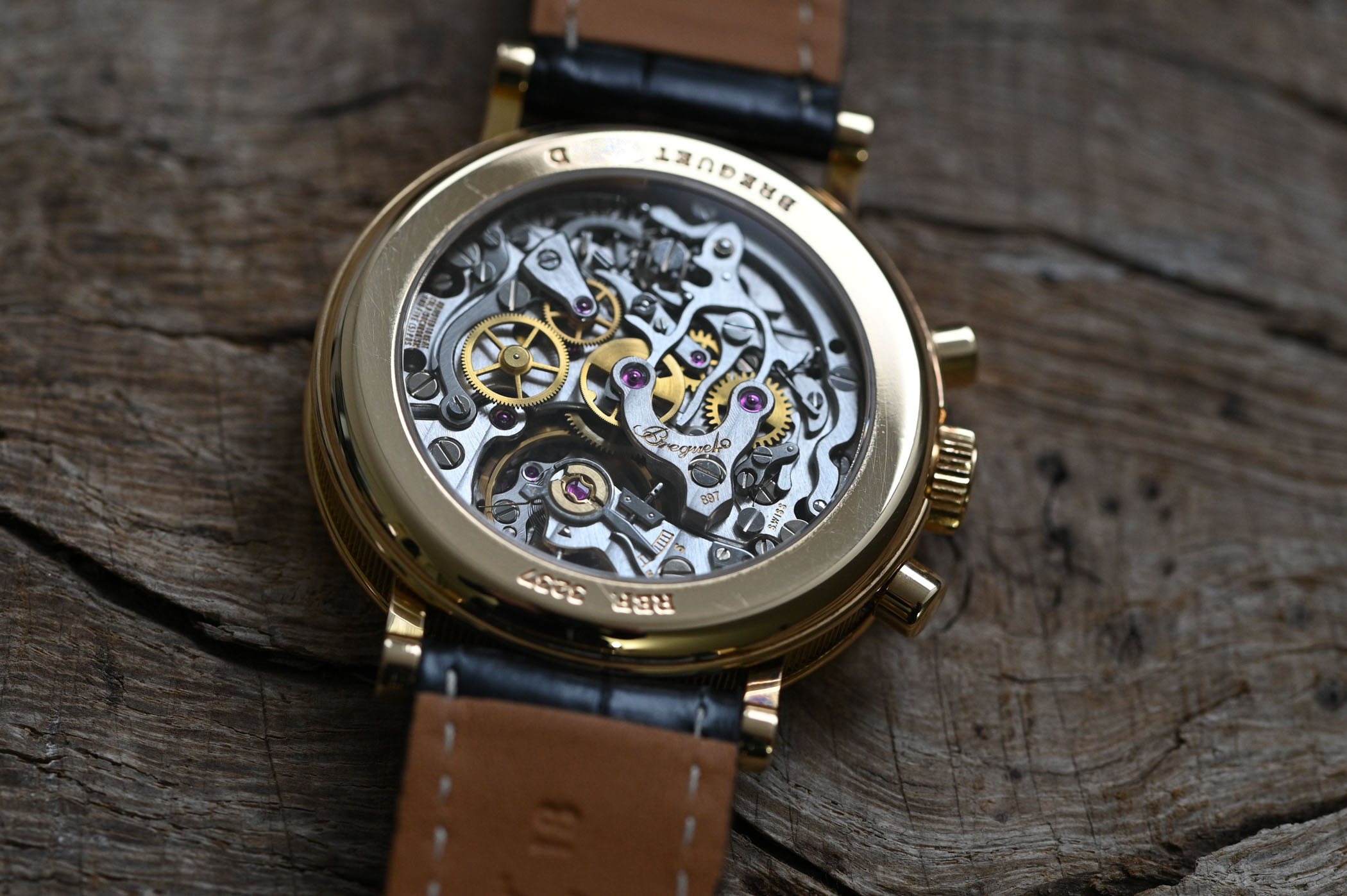
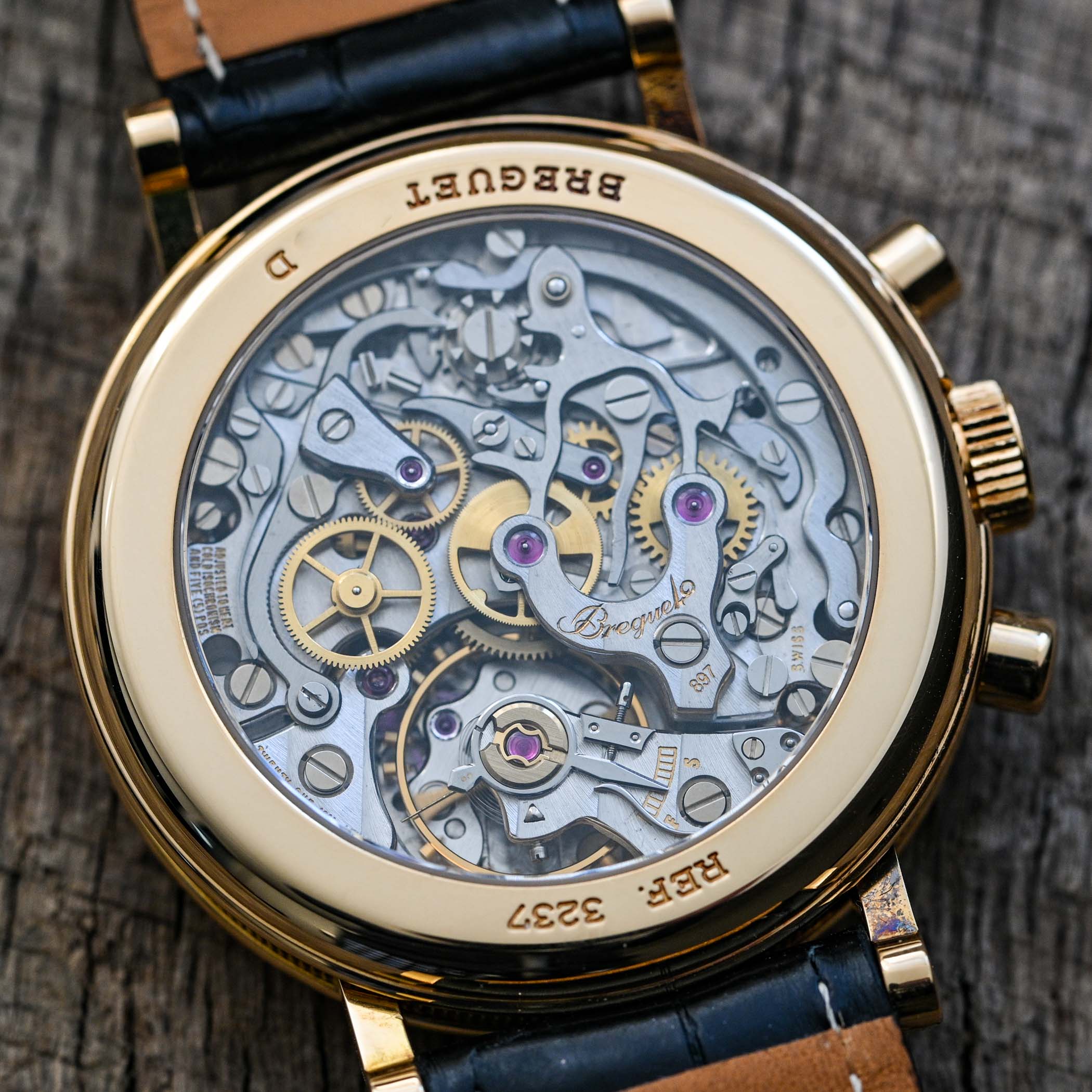
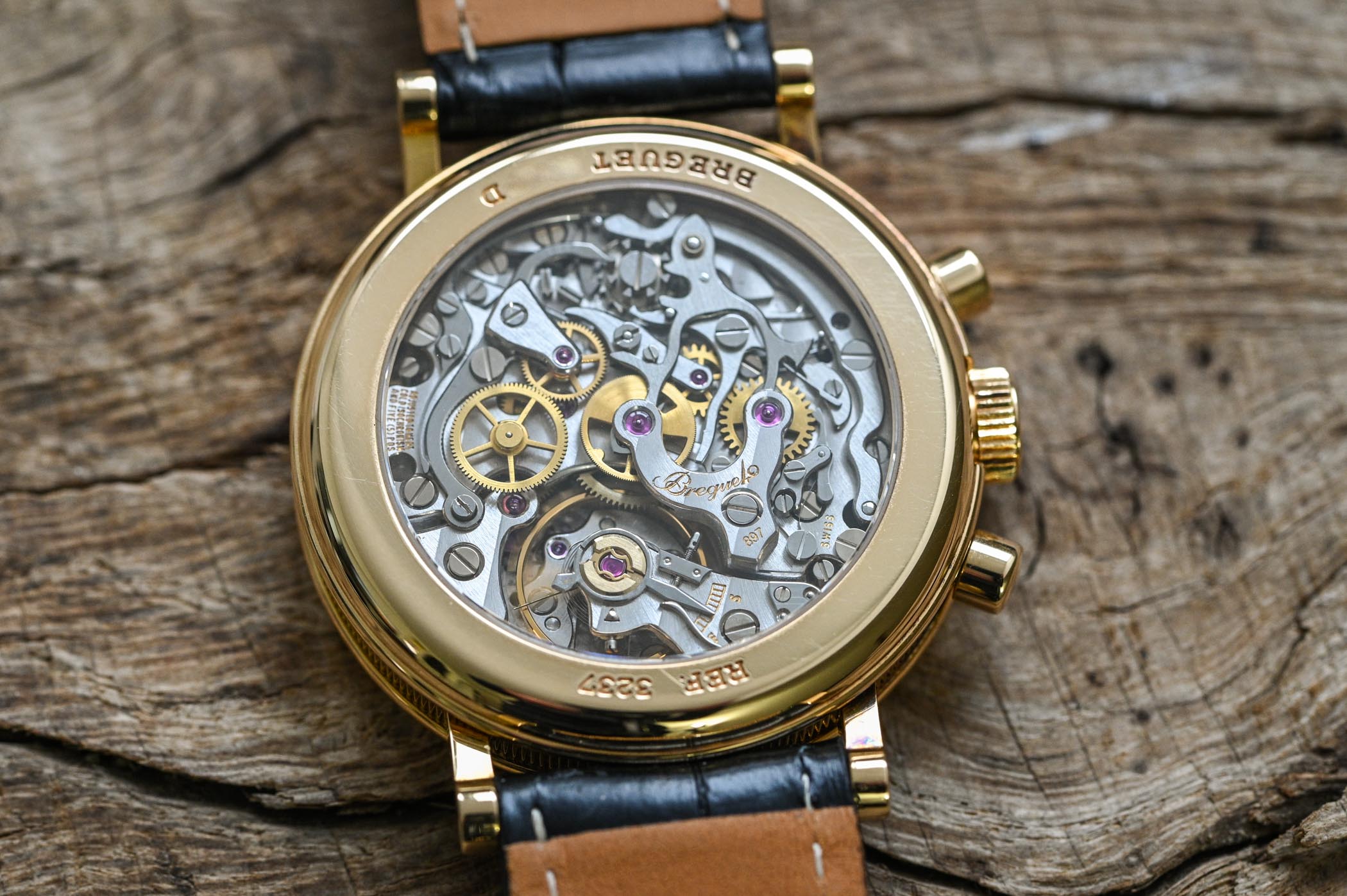
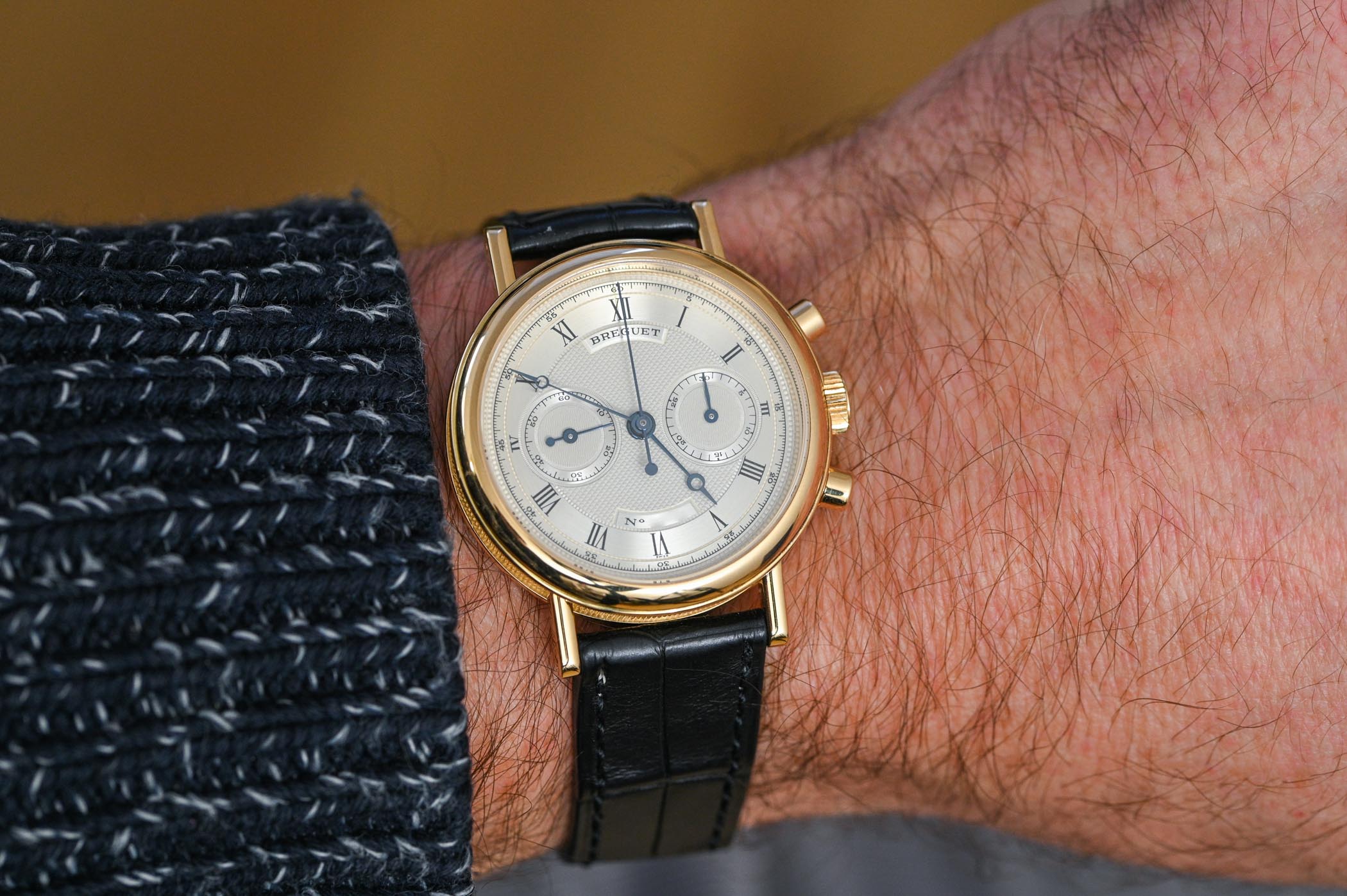
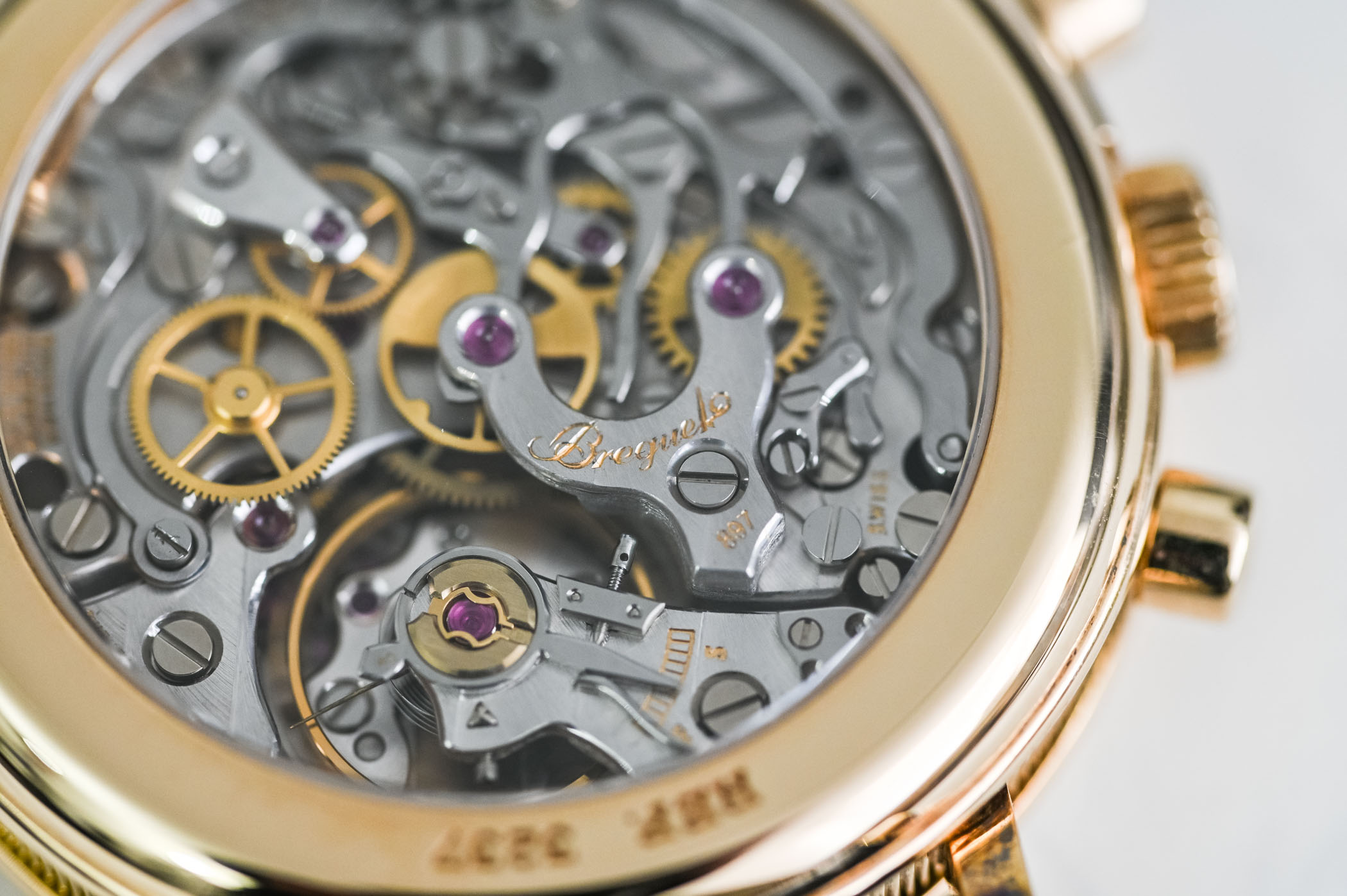


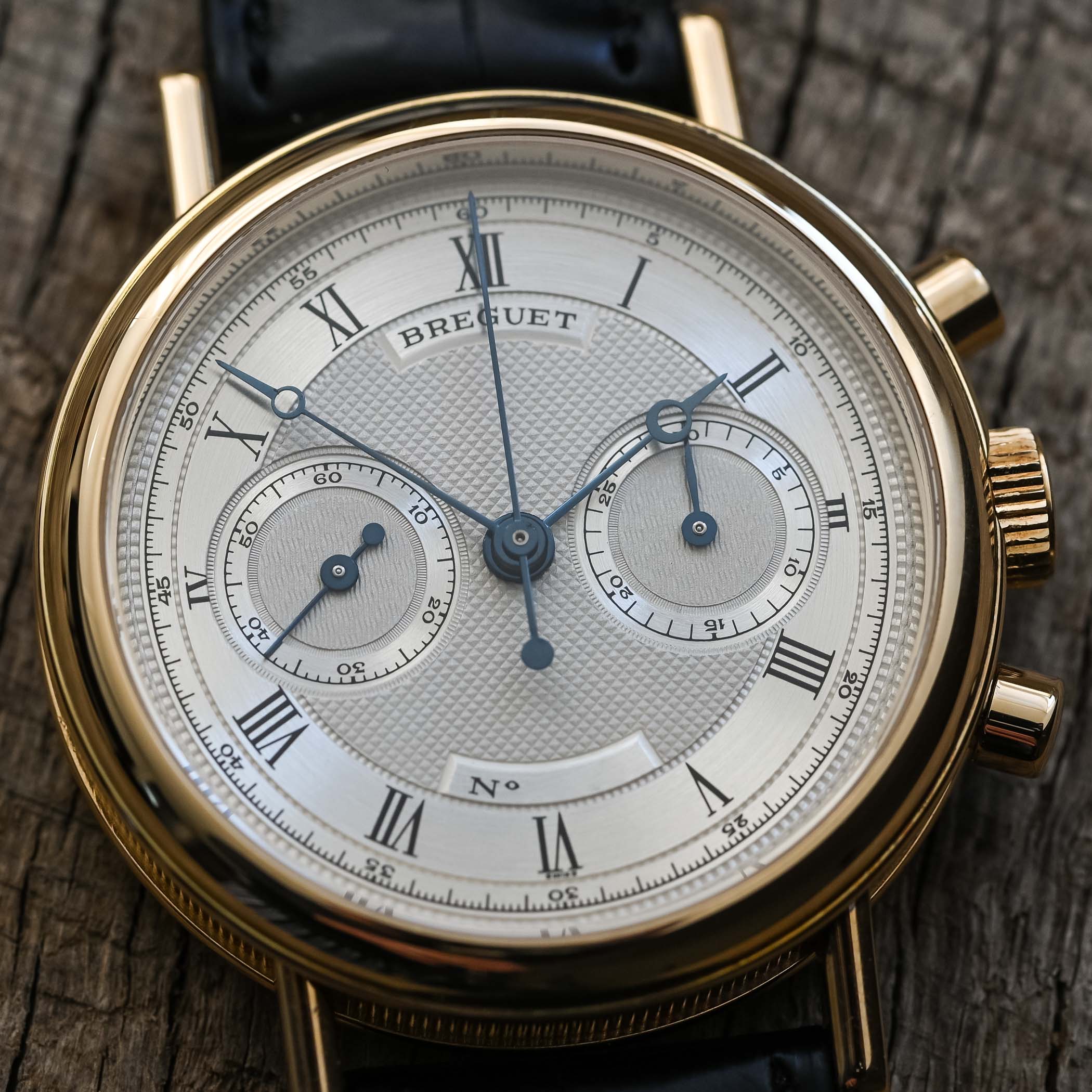



4 responses
That is one very nice watch with one very mangled screw.
Nicely done man 👏
@FAN Weitsu – Breguet watches in the 1990s were more artisanal. Today, the production is larger and the watches are more precise in execution, and obviously slightly betetr made… That being said, they also have a bit less soul than in the past.
How does the ref 5237 fit into this story?